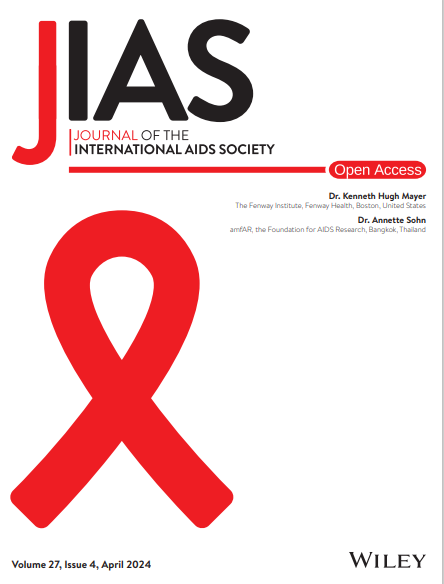Preferences for HIV pre-exposure prophylaxis among men who have sex with men and trans women in 15 countries and territories in Asia and Australia: a discrete choice experiment
Abstract
Introduction
Scaling up pre-exposure prophylaxis (PrEP) for HIV among men who have sex with men (MSM) and transgender women (TGW) in the Asia-Pacific region has been slow. We identified the drivers of PrEP use and forecasted PrEP uptake given different PrEP programmes for MSM and TGW living in 15 countries and territories in Asia and Australia.
Methods
Separate online discrete choice experiment surveys for MSM and TGW were distributed in 15 Asian countries and territories and Australia between May and November 2022. We used random parameters logit models to estimate the relative importance of service attributes and predicted PrEP uptake for different programme configurations.
Results
Among 21,943 participants included in the MSM survey and 1522 in the TGW survey, the mean age was 31.7 (±9.5) years and 28.1 (±7.0) years, respectively. Cost emerged as the primary driver of PrEP use for MSM and TGW across countries, followed by the type of PrEP. When switching from the least preferred PrEP programme (i.e. very high service fee, PrEP implant, rare kidney problems as side effects of PrEP and a 2-monthly clinic visit) to an optimal programme (i.e. free access to PrEP via peer-led community clinics which offered sexually transmitted infection [STI] testing, and a 6–12 monthly visit), the predicted PrEP uptake could improve by over 50% for MSM in Australia, China, Hong Kong SAR China, Japan, the Philippines, Taiwan (China) and Thailand, and 37% for TGW. Compared to those at lower risk of HIV, free access was more preferred by MSM at a higher risk of HIV, while telehealth was more preferred by TGW at a substantial risk of HIV.
Conclusions
Tailoring services to local contexts, including ensuring affordability, preferred type of PrEP and providing differentiated services, could accelerate the uptake of PrEP among MSM and TGW in Asia and Australia. Novel innovations, such as STI and HIV self-testing, should be explored as alternatives to conventional testing, given that most MSM and TGW prefer less frequent clinic visits and long-acting PrEP options.


 求助内容:
求助内容: 应助结果提醒方式:
应助结果提醒方式:


